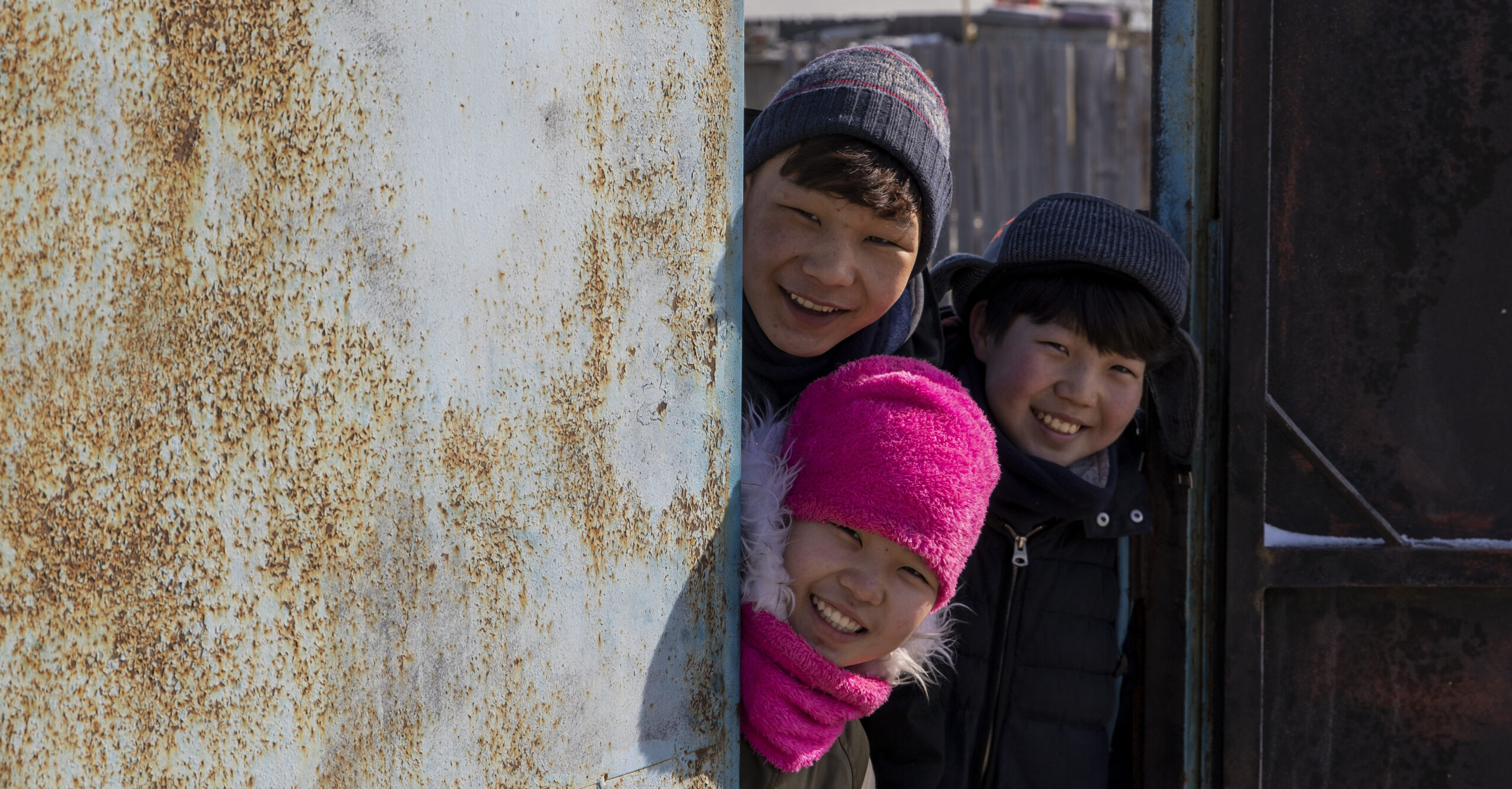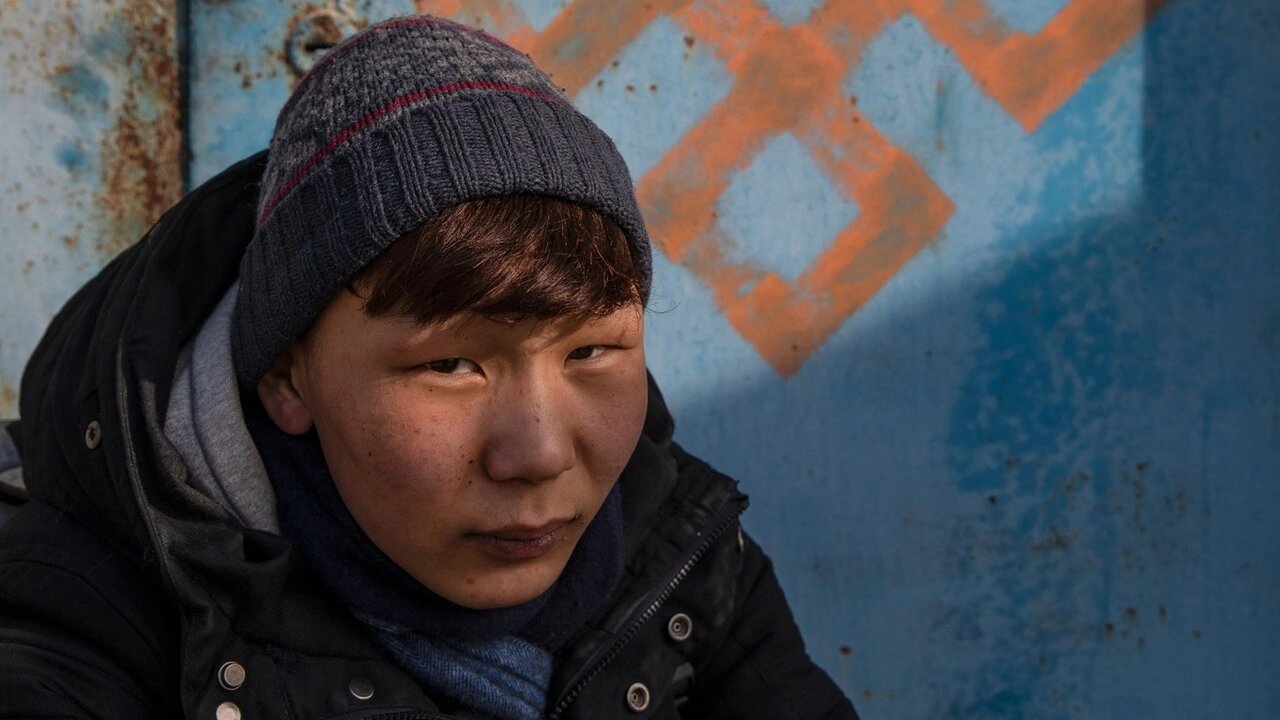interview
Ulzii (Battsooj Uurtsaikh), a teenager from a poor neighborhood in Ulaanbaatar, Mongolia is determined to win a national science competition to get a scholarship. Meanwhile, his illiterate mother finds a job in the countryside, leaving him with his brother and sister through the harsh Mongolian winter. While preparing for the competition, the boy wanders at night looking for things to burn for heat.
This is the captivating premise of Zoljargal Purevdash’s debut feature If Only I Could Hibernate, playing in the Un Certain Regard strand of this year’s Cannes Film Festival. It’s an elegant coming-of-age film imbued with authentic, well-developed characters, avoiding many of the over-abused cliches present in many Western pictures of the same genre.
We sat down with Purevdash to discuss her artistic vision, her main casting choices, and the challenges she faced while crafting her timely portrait of Mongolian youth.

Projektor: Why did you decide to tell this story today?
Zoljargal Purevdash: I grew up in this particular area called the Yurt district. It’s a poor area of Ulaanbaatar in Mongolia where mostly nomads would come to build their yurts and start to live there. About 60% of Ulaanbaatar’s population lives in this area, and there’s no heating system [in place], no running water, and you need to burn some coal at -35°C to survive the Mongolian winter. Ulaanbaatar is the most polluted capital city in the world.
Then in 2016, people set up their first protest against air pollution because the time was ripe for them to be aware of how this was all very poisonous and harmful to their health. The first thing they did, however, was to show an attitude of hatred toward the citizens living in the Yurt district. […] Facebook was filled up with this hate speech going after them [with slogans such as:] “Go back to your countryside!” and “You’re poisoning us.”
As a person who grew up in the Yurt district, I know that burnt coal is poison, but it’s the only way to survive in that cold. That’s why I got really hurt. Until then, I thought people could realize the harshness of living in the Yurt district. But people don’t know it–or they know, but they don’t feel it.
They don’t empathize with you.
Yes. That’s why I wanted to make a story about this pure and innocent 15-year-old boy who dreams of a better future, but he needs to find something to burn every night because his family has fallen into poverty. He’s afraid of inheriting such poverty and looks for better, equal chances within society. So I wanted to tell this story to let the other side of Ulaanbaatar feel the pain and glory of those living in the Yurt district.
I was wondering whether there were also other external sources – films or books, for example – affecting your writing, or your cinematic style.
I gave my [lead] character a lot of how I was when I was 15. I was this little teenager who was always very harsh to her mum and who loved maths and physics, and taking part in science competitions.
My mum moved to the Yurt district when I was 13. Until then, I used to live in an apartment block with my grandparents. And, suddenly, I needed to light fire, I needed to go to the kiosk to get water. You know, all of these sudden changes made me so angry! [Besides,] this area suffers from many social issues. My mother opened this little corn shop and I had to work there to help her. I really didn’t want to end up in that place. I worked so hard to get a scholarship, go to a good school and receive a good education.
So I gave this boy a lot of my personal stories. At the same time, I really love the social realist films of Ken Loach. They can give you a lot of inspiration about how this kind of story can be told.
As a person who grew up in the Yurt district, I know that burnt coal is poison, but it’s the only way to survive in that cold. That’s why I got really hurt.
How long did the whole production process take?
It took about six years. I started writing the film right after a demonstration took place in January 2017 and shot it from January to March 2022. It was hard because I had to shoot at -35°C during Covid, and we filmed it for 10 days each month.
I shot the countryside scenes in the western part of Mongolia, in the Khovd province, and I chose that place because I love the Altai Mountains. Plus my grandparents are from that area. They moved to the city when they were young, and they longed for their routes. They always used to speak about the Altai. And it’s also the place from which throat singing comes from. [Author’s note: most of the picture’s score boasts throat singing parts.] That’s why I really felt ‘called’ by Khovd, and that’s why I went back there.
What was the main obstacle you faced while writing the script?
[Writing] all the teenagers. I wrote them imagining how I was when I was 15. But kids have quite changed, the music they listened to has changed, the way they talk… That’s why [on set] I created for my actors this atmosphere in which they could tell me what they felt was “unreal.” They could come and say, “This dialogue doesn’t feel right,” “I want to tell it like this,” and so on.

How did you cast your protagonists – Ulzii, his teacher, and his mother?
For Ulzii, I can say that I’ve found a lot of hope in that boy. I did a casting call limited to kids who live in the Yurt district. So Battsooj Uurtsaikh, who plays Ulzii, really lives there, as do all the other young characters. When I was auditioning him, I also felt his anger.
I know the actor playing the teacher [Tuguldur Batsaikhan] from his previous works. He’s a renowned comedian in Mongolia, and I needed this teacher who is kind to children but also isn’t afraid to tease them. As for the mother [Ganchimeg Sadagdorj], I didn’t have so many choices, but I wanted someone who is not too experienced, who couldn’t overact. I met her and showed her the script. She’s actually a voice-over artist. It was her first time starring in front of the camera and she did her best.
To conclude, let’s go back to throat singing. How did you work with your composer on the score?
When I met my composer, I told him I wanted to use this traditional music from the nomads. But these people are not nomads anymore. They settled down. Then I wondered what all those 15-year-old teens are listening to, and I realized that they listen to hip-hop. So I told him to mix this music from our roots with this modern-sounding one, and the result was beatboxing!
I said “Wow!” because beatboxing and throat singing do have one thing in common–in both instances, your body becomes an instrument in itself.
Curated by humans, not algorithms.
© 2024 A Good Movie to Watch. Altona Studio, LLC, all rights reserved.